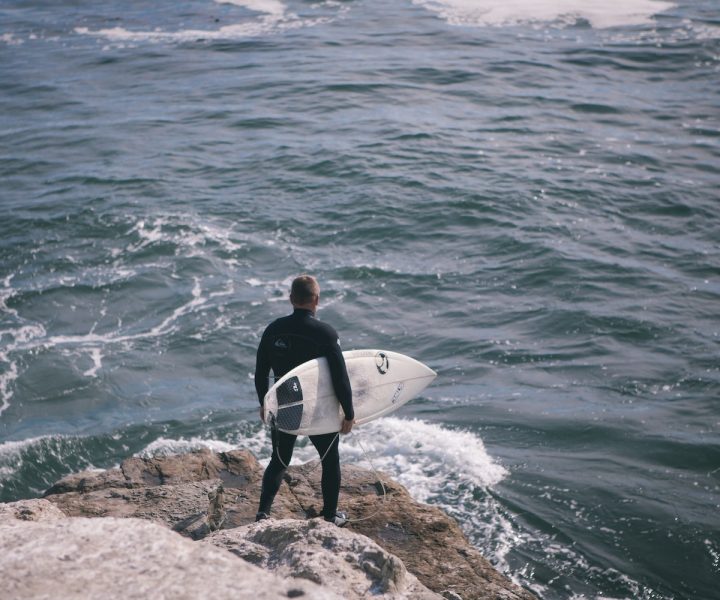
Just because the temperatures are starting to drop, doesn’t mean you have to give up your favorite sport. Now is the perfect time for you to try out cold-water surfing, a sport that initially became popular as surfers sought quieter locations where they wouldn’t have to share the waves with hundreds of other people.
Before you get started, however, you need to prepare yourself. After all, you won’t be able to use all the same gear you do for warm-water surfing. With a few changes to your pre-surfing routine and the right gear, you can avoid freezing out there!
Get the right gear
There’s no way around it. If you want to hit the waves in cold winter weather, you’re going to need the right wetsuit. A 5mm neoprene suit should do the trick, but if you expect water temperatures to hit 42℉ and below regularly, then a 6mm one would be best.
While thickness is important, so if correct fit. Make sure that there is no excess room once you’ve got the wetsuit on, paying attention to the torso, shoulders, crotch, and knee areas. Don’t worry if it’s hard to put on when dry, that’s the way it should be with a proper fit.
You don’t want to restrict movement entirely, either, so make sure you can still stretch out those shoulders and hold your hands over your head. You may feel a slight restriction during this movement, but you’ll be able to tell if it’s too small if you feel a great deal of pressure.
The last thing you want is cold-water flushing in, so if you can, opt for a wetsuit that’s sealed and taped, with a chest zipper. While a chest zipper may be trickier to enter and exit, it will offer a more comfortable fit and keep water from getting in. Also, if you’ve got any rips or tears, now’s the time to repair them.
If you’re expecting water colder than 60℉, then you don’t want to forget to get gloves, boots, and a hood. These accessories are essential to help you stay warm, so leaving them out isn’t an option.
Eat right
Before you head out, you need to ensure that you have fueled yourself properly, so you don’t end up hungry or thirsty at the worst possible moment. Avoid overeating, as you want your body producing heat rather than working hard digesting all that food, but stock up on protein and complex carbs to help you feel energized. Oh, and don’t forget the water!
Get dressed (and undressed!) indoors
If you can put your gear on indoors, do. Doing this will allow you to warm up before you hit the waves, making the cold-water that bit more bearable. And if you can, also go somewhere warm to change out of your gear.
There’s nothing worse than taking your wetsuit off in freezing temperatures. Avoid it if you can. If there’s no way around it, take a hot water bottle with you and wrap your clothes around it, so you’ve at least got warm clothes to change into.
Stretch before going in and keep moving
It’s always important to stretch before surfing to help prevent injury, but doing so before cold-water surfing is also useful as it will also help warm up your whole body. Once you’re in the water, keep moving by paddling around and taking as many waves as you can.
Remember, the warmer your body is, the longer you’ll stay in the water!
 Your Privacy Choices
Your Privacy Choices